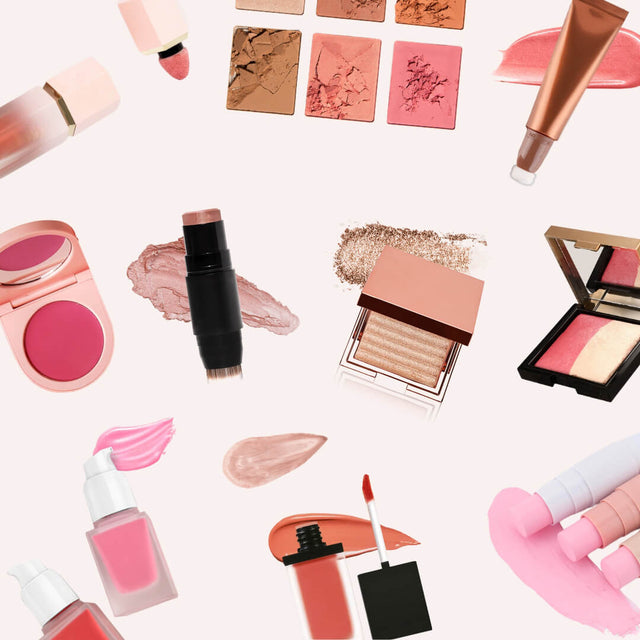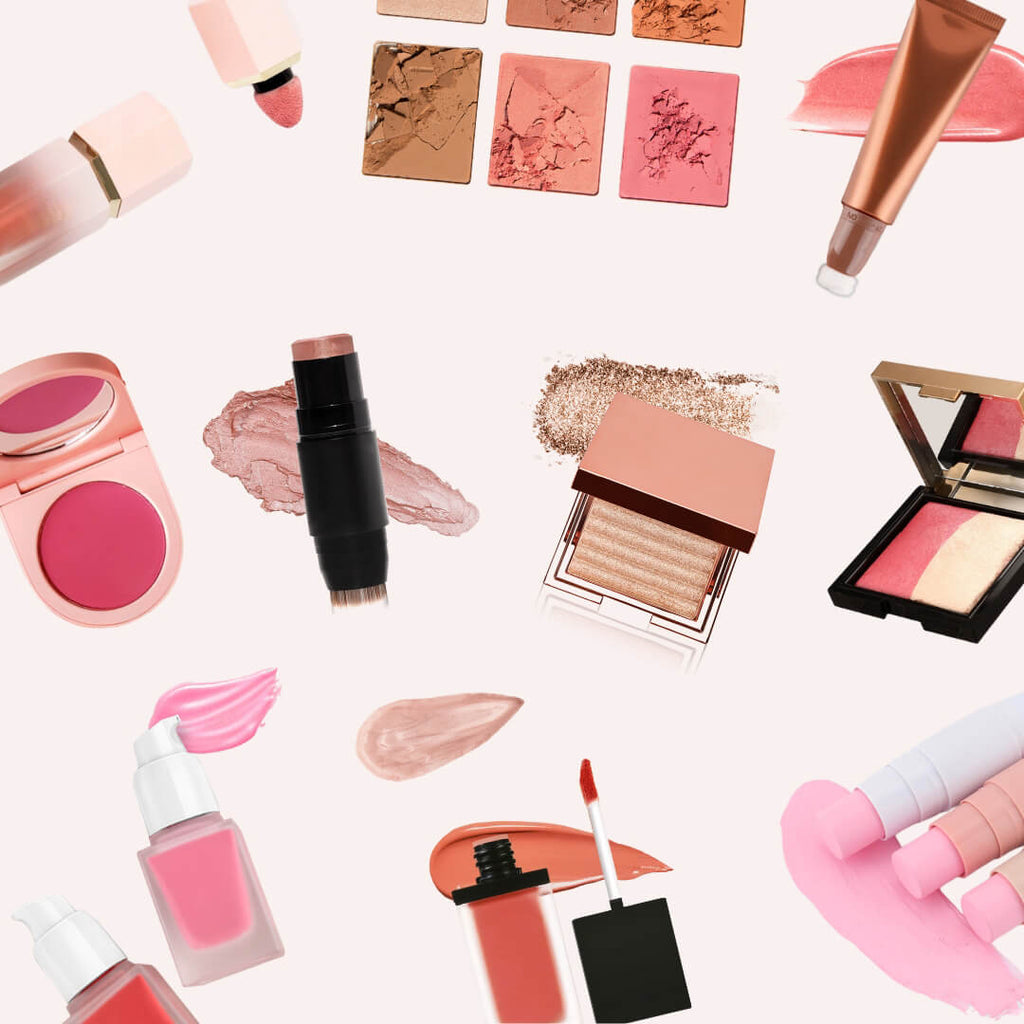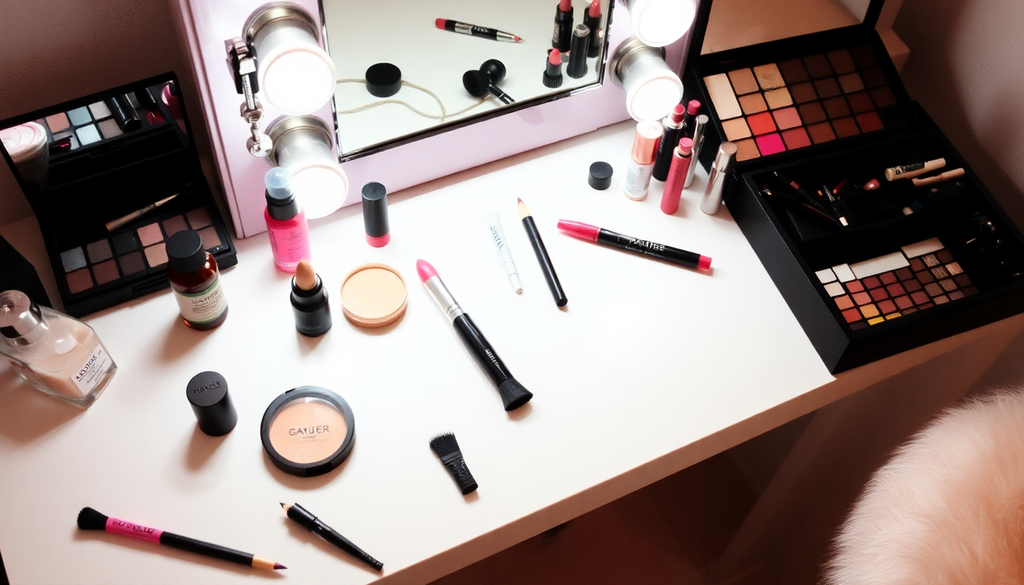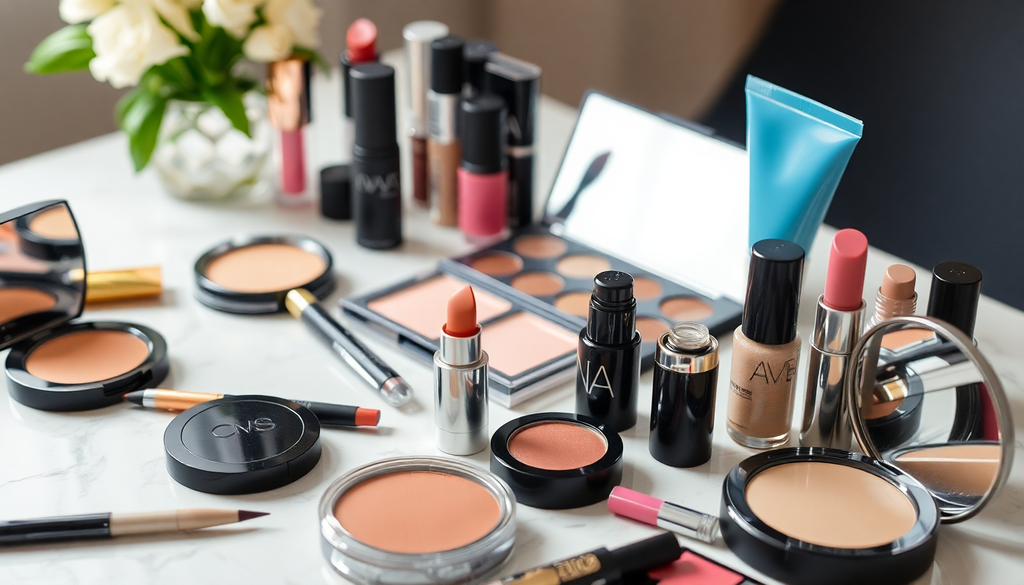
The Ultimate Guide to Launching Your Makeup Brand: Step-by-Step Insights into Global Markets, Import Policies, and Trendy Innovations in 2025
Introduction
Launching a makeup brand can be a fulfilling endeavor, especially in today's dynamic beauty industry. In 2025, trends are evolving, and understanding global markets, import policies, and innovative product offerings can set your brand apart. This comprehensive guide will walk you through the essential steps to successfully establish your makeup brand.
Step 1: Market Research
Before diving into product development, it's crucial to conduct thorough market research. Understanding consumer preferences, local competition, and market trends will help you identify opportunities and tailor your offerings. Here are key markets to consider:
- United States: The U.S. makeup market is one of the largest globally, valued at over $80 billion. Focus on clean beauty trends and inclusivity, as consumers demand transparency and diversity. Brands like Fenty Beauty have set the bar high, demonstrating the importance of a wide shade range.
- European Union: The EU has strict regulations on cosmetics. Familiarize yourself with the Cosmetic Regulation (EC) No 1223/2009, which governs product safety and labeling. Additionally, consider the cultural diversity within the EU, as preferences may vary significantly between countries like France, Germany, and Italy.
- Asia-Pacific: Countries like South Korea and Japan are at the forefront of beauty trends. Innovations such as cushion foundations and multi-functional products are popular. The K-beauty phenomenon has influenced global trends, and there’s a growing demand for innovative textures and formulations.
- Latin America: Brazil is a booming market with a strong demand for vibrant colors and local ingredients. Tailoring products to local preferences is key; for instance, consider the popularity of bold lip colors and bright eye makeup that resonate with Brazilian consumers.
- Middle East: The Middle Eastern market is growing, especially in luxury cosmetics. Highlighting premium ingredients can attract this demographic. Brands that offer high-performance products and luxurious packaging often do well in this market.
Step 2: Understanding Import Policies and Certifications
Each country has specific import policies and certifications that must be adhered to. Understanding these regulations is crucial to ensure that your products can enter the market legally:
- United States: Ensure compliance with the FDA regulations. Products must be safe and properly labeled with all ingredients. Additionally, you may need to register with the FDA if you are manufacturing your products within the U.S.
- European Union: Products must pass through the Notification of Cosmetic Products (CPNP) and be registered with the Cosmetic Product Safety Report (CPSR). Conducting a safety assessment is mandatory, and the use of certain ingredients is strictly regulated.
- Canada: Familiarize yourself with Health Canada's guidelines. All cosmetics must meet the requirements set out in the Food and Drugs Act. You may also need to provide a Cosmetic Notification Form for your products.
- Australia: Cosmetics must comply with the Australian Industrial Chemicals Act. Understanding ingredient restrictions is essential, especially regarding preservatives and colorants.
- Japan: Products require a notification to the Ministry of Health, Labour and Welfare (MHLW) and must adhere to strict ingredient regulations. Be prepared to provide detailed information about your formulations and any testing that has been conducted.
Step 3: Product Development
Trendy innovations in makeup can set your brand apart. Here are some ideas to consider during product development:
- Eco-Friendly Packaging: Sustainable packaging is becoming a priority for consumers. Consider biodegradable or reusable options to reduce environmental impact. Brands that showcase their commitment to sustainability often gain a loyal following.
- Personalized Makeup: Customization is key in modern beauty. Offering personalized shades or formulations can enhance customer engagement. Consider implementing quizzes or tools on your website that help customers find their perfect match.
- Augmented Reality (AR) Tools: Implementing AR technology for virtual try-ons can improve the online shopping experience. This technology allows customers to see how products look on their skin without physically trying them, reducing return rates.
- Vegan and Cruelty-Free Products: More consumers are seeking ethical options. Highlighting these attributes can attract a loyal customer base. Consider obtaining certifications from recognized organizations to validate your claims.
- Multi-Use Products: Create versatile products that can be used for multiple purposes to cater to the minimalist trend. Products like lip and cheek tints or foundations with skincare benefits are gaining popularity.
- Innovative Formulations: Stay ahead of the curve by incorporating ingredients that are trending in the beauty community, such as CBD oil or probiotic-infused products, which are gaining traction for their skin benefits.
Step 4: Setting Up Your Online Store
To reach a global audience, an online store is essential. Here’s how to effectively set it up:
- Choose an E-commerce Platform: Select platforms like Shopify or WooCommerce that offer user-friendly interfaces and customization options. Ensure that the platform can handle international transactions if you plan to sell globally.
- Optimize for SEO: Incorporate keywords related to your products and target audience to enhance visibility on search engines. Consider using tools like Google Analytics to track your traffic and optimize accordingly.
- Mobile Responsiveness: Ensure your website is mobile-friendly, as a significant portion of consumers shop via smartphones. A responsive design can improve user experience and increase conversion rates.
- High-Quality Visuals: Invest in professional photography and videos to showcase your products effectively. Clear, appealing visuals can significantly impact purchase decisions.
- Secure Payment Options: Offer various secure payment methods, including credit cards, PayPal, and local payment options, to cater to different customer preferences. Security is paramount to build trust with your customers.
- Customer Reviews and Testimonials: Feature customer reviews prominently on your site. Positive feedback can enhance credibility and encourage new customers to make a purchase.
Step 5: Marketing Your Makeup Brand
Effective marketing strategies will help you reach your target audience and build brand awareness:
- Social Media Marketing: Utilize platforms like Instagram, TikTok, and Pinterest to showcase your products and engage with your audience. Create visually appealing content that resonates with your target market.
- Email Marketing: Build an email list to keep customers informed about new launches, promotions, and brand stories. Consider offering a discount for first-time subscribers to encourage sign-ups.
- Content Marketing: Create valuable content related to beauty tips, trends, and tutorials to establish your brand as an authority in the makeup industry. Blog posts, videos, and how-to guides can be effective in attracting potential customers.
- Influencer Partnerships: Collaborate with beauty influencers to reach a wider audience and gain credibility. Choose influencers whose values align with your brand for authentic partnerships.
- Online Advertising: Invest in targeted ads on social media and search engines to attract potential customers. Utilize retargeting strategies to reach users who have previously engaged with your brand.
- Brand Ambassadors: Develop a brand ambassador program to encourage loyal customers to promote your products. Offer incentives such as discounts or free products in exchange for their advocacy.
Step 6: Building Your Brand Identity
Creating a strong brand identity is vital for standing out in the competitive makeup industry. Here are some elements to consider:
- Brand Name: Choose a memorable and meaningful name that reflects your brand's values and target audience. Conduct thorough checks to ensure the name is not already in use.
- Logo and Visuals: Invest in professional design for your logo and visual branding elements. Consistency in your visual identity across all platforms will help build recognition.
- Brand Story: Share your brand’s story and mission. Consumers connect more deeply with brands that have a compelling narrative and purpose behind them.
- Packaging Design: Create packaging that not only protects your product but also reflects your brand identity. Unique and beautiful packaging can enhance the unboxing experience and encourage social sharing.
- Voice and Tone: Establish a consistent voice and tone in your marketing materials, social media posts, and customer communications. This consistency will help define your brand personality.
Step 7: Launching Your Makeup Brand
Once you've completed the groundwork, it's time to launch your brand. Here are some strategies for a successful launch:
- Pre-Launch Buzz: Build anticipation for your launch by teasing your products on social media and through email marketing. Consider hosting a countdown on your website.
- Launch Event: Host a virtual or in-person launch event to introduce your brand and products. Engage influencers and media to expand your reach.
- Promotions and Discounts: Offer limited-time promotions or discounts during your launch phase to encourage first-time purchases and create urgency.
- Engage with Customers: Interact with your audience through social media and respond to comments and messages promptly. Building a community around your brand can lead to long-term loyalty.
- Collect Feedback: After launching, gather feedback from customers to understand their experiences and preferences. Use this information to refine your products and marketing strategies.
Conclusion
Launching a makeup brand in 2025 presents unique opportunities and challenges. By understanding global markets, adhering to import policies, embracing trendy innovations, setting up a robust online store, and implementing effective marketing strategies, you can carve out a successful niche in the beauty industry. Remember to continually adapt to trends and listen to your customers' needs as you grow your brand. Start your journey today and transform your passion for makeup into a thriving business!




